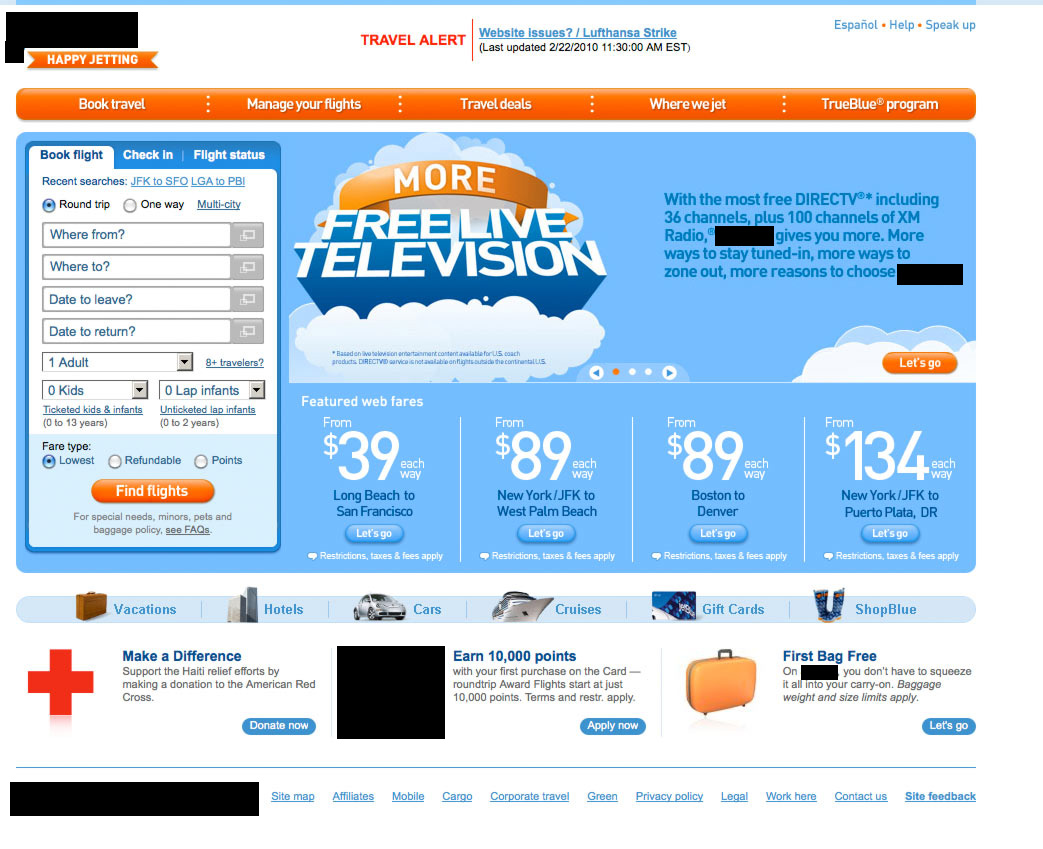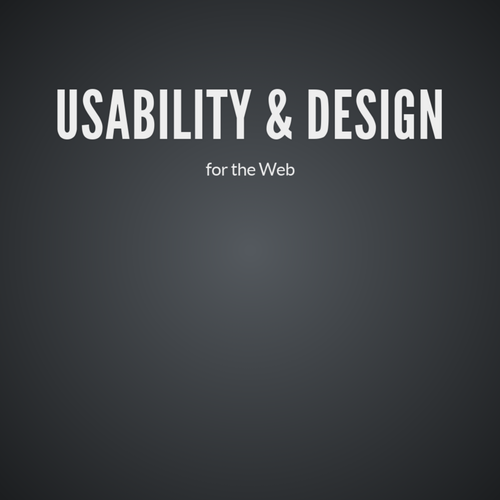BRANDING, LOGOS & IDENTITY
DESIGN

A brand, identity and logo each have different roles but work together to create a perceived image for a company.
What's the difference?
LOGO - identifies a business in its simplest form through a mark, icon or typeface.
IDENTITY - the visual aspect that forms the overall brand
BRAND - the perceived emotional corporate image as a whole.
THE LOGO
- Short for the word logotype- which is design speak for trademark.
- Can be a symbol, monogram, emblem or other graphic device.
- Helps identify a company or product but rarely does little to explain what they do.
- What a logo means is more important than what it looks like
- Example- we identify ourselves by name (Jen) but not by who we are: A girl who likes to design and craves Paula's donuts.
THE LOGO
The logo functions the way it's intended only when the public becomes familiar with it.

IDENTITY DESIGN
- visual aspects that form part of the overall brand
- usually in the form of guidelines for visual devices used within a company
- help administer how an identity is applied throughout a variety of different mediums and can include guides for color palettes, typography, layouts & measurements
- help keep the identity coherent and recognizable
IDENTITY DESIGN
WHAT'S INCLUDED????
- Logo
- Stationary (letterhead, business card, envelopes)
- Marketing Collateral (brochures, flyers, etc)
- Products & Packaging
- Uniforms (if necessary)or dress code
- Signage
- Environment (including sounds, smell, etc)
IDENTITY DESIGN

IDENTITY DESIGN

BRANDING
Perceived emotional corporate image as a whole.
- A designer does not make the brand. A designer forms the foundation for the brand.
- The brand is determined by the audience.
- The brand is a corporate image - it's actions, what it stands for, what it believes in and why it exists.
- Involves equal part creativity & strategy
BRANDING
- Apple
- Nike
- Wegmans
- Panera Bread
LIFESTYLE BRANDS
- A brand that is encompasses the interests, attitudes and opinions of a culture or target audience.
-
Consumers often become brand ambassadors.
PAY ATTENTION
"If the works we create are to connect with our intended audience, we must first try to understand that audience & evaluate every aspect of our work in the context of NOW"
When starting off, you should always remember that you're working with a brand.
You're working with all of the stuff (emotions, thoughts, history, possibilities and gossip) that come with the brand. This is call brand equity
ask yourself..
How much do I know about this brand?
Research the brand. Become it's biggest fan before starting any work
How can I leverage the ideals of the brand?
Learn from the audience, what they know and how they feel about the brand
Brand=Adjective
Each brand has it's own core value.
- Nike exhorts
- IBM solves
- Sony dreams
- Jeep Tough
- Volvo safety
Remember, there's ALOT of brands out there and you need to make yours stand out from the competition (and other brands not in your placement)
Keep it simple!
- get your brand down to one adjective
- research and ask the customers
- make sure it's the right adjective. Separation can be nasty once they are married
- If a key adjective is already taken, try the opposite. Example: Heinz=slowest
- The more words, the more confusing the brand can be to the customer
Advertising branding
By shadow4611
Advertising branding
- 1,179












